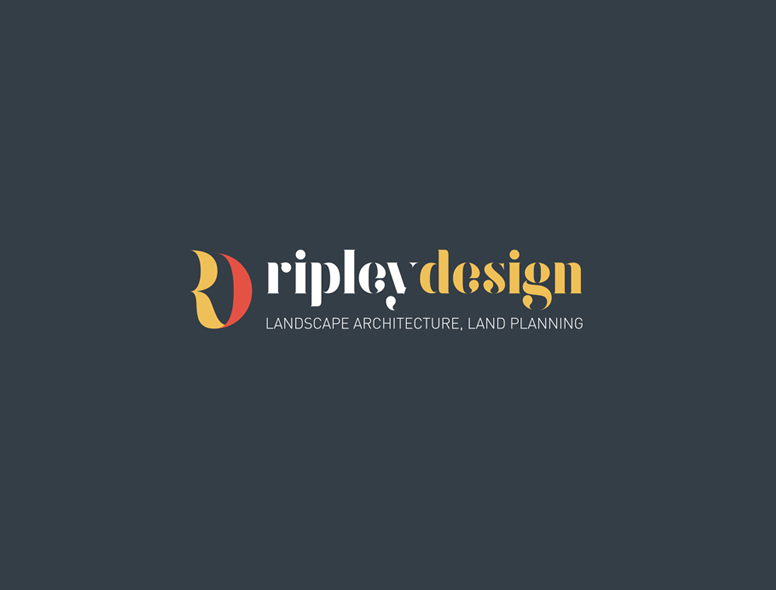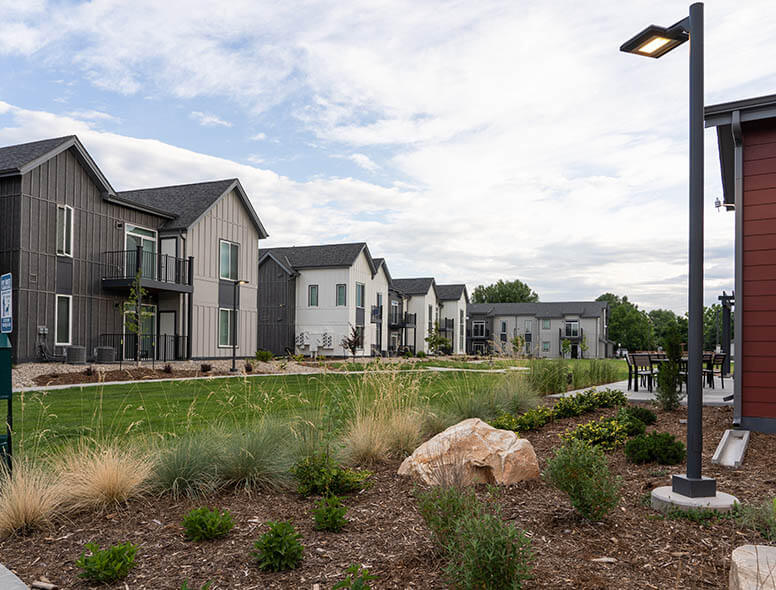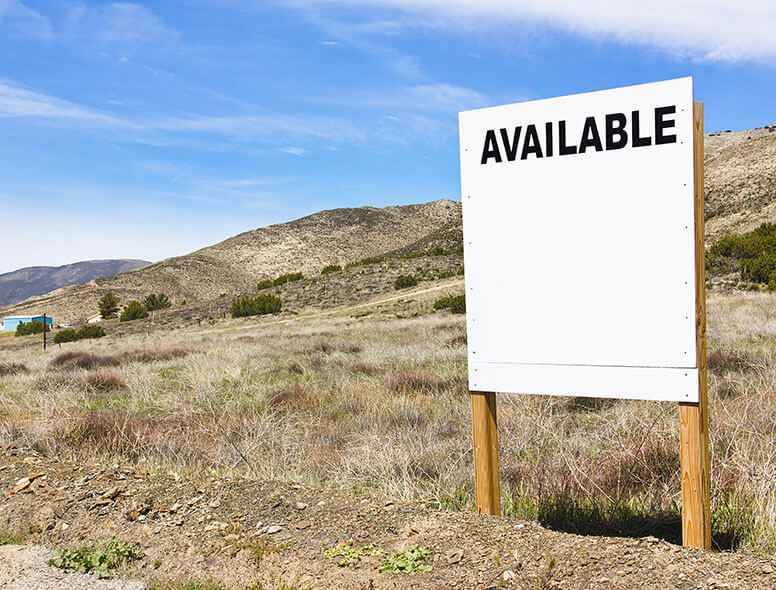At Ripley Design Landscape Architecture and Land Planning, we’ve updated our branding, launched a new easy-to-use website, and have made some important leadership changes to go along with our new online presence.
We Bring Creativity to All of Our Services
The branding and website were updated to better reflect our creativity and highlight our services to include:
- Landscape Architecture
- Development services
- Zoning and entitlement approvals
- Community Planning
Ripley Design, Inc. has over 30 years of experience in creating beautiful spaces that make communities fall in love with where they live. The goal of their customized design process is to minimize risk and provide a hassle-free experience their clients will love as much as their new space.
We provide comprehensive design and development services including: land planning, landscape architecture, urban design, and entitlement coordination to clients across Northern Colorado, Denver, Wyoming, and beyond. Because every project comes with its own unique set of challenges, opportunities, stressors, pleasures, risks, and fears, they identify obstacles early on, and carefully craft a strategy to gracefully navigate you through the journey.
Leadership for Now and the Future
To lead the helm in Ripley’s next phase of growth, Russell Lee has been named president, and Sam Coutts as vice president of operations. Company founder Linda Ripley will continue to contribute guidance from her 30-plus years of experience as a designer and mentor.
“As president of the company for the past year, Russ Lee has proven that he is an exceptional leader with the skills and talent to take Ripley Design into the future,” says Ripley. “He understands the importance of providing top-notch service along with exceptional design work. He also knows the value of creating a company culture that inspires hard work and dedication as well as mutual respect and fun.”
Ripley also has high praise for Coutts. “In the years since joining Ripley Design, Sam Coutts has become a professional in every sense of the word. In addition to being a creative designer, Sam has become an organizational leader in the company using his education and experience to manage schedules and workloads efficiently. As Vice President of Operations, he will ensure that the office continues to develop and implement efficient and cost-effective systems to meet current and future needs of the company.”
She’s also grateful for her clients and her employees that have helped Ripley Designs become such a success. “As I transition to the next phase of my life, I’m filled with gratitude for the many clients who have shared their visions and allowed Ripley Design to help bring them to fruition. Equally important are all the employees, past and present, that have applied their individual energy and talents to create places we are all proud of.”
The talented design team at Ripley Design Inc. is committed to creative problem solving, design excellence, and above all client satisfaction. By applying our core values of excellence, innovation, and responsiveness to every project, we are able to provide cutting edge yet practical design solutions. The firm is committed to stewardship of the environment through maintaining and encouraging green practices in the office, striving to incorporate eco-friendly design solutions into projects, and by being community leaders in understanding and promoting environmentally responsible practices.



